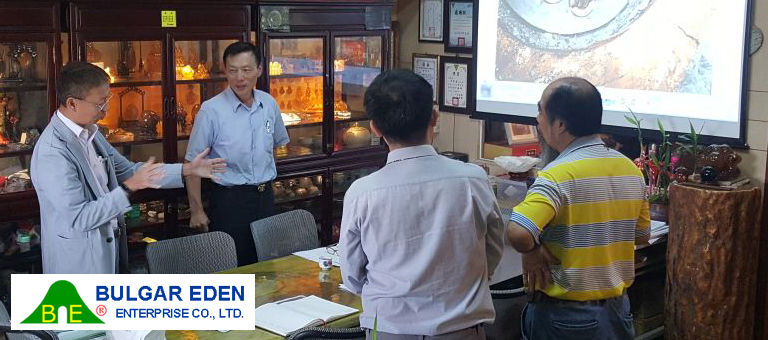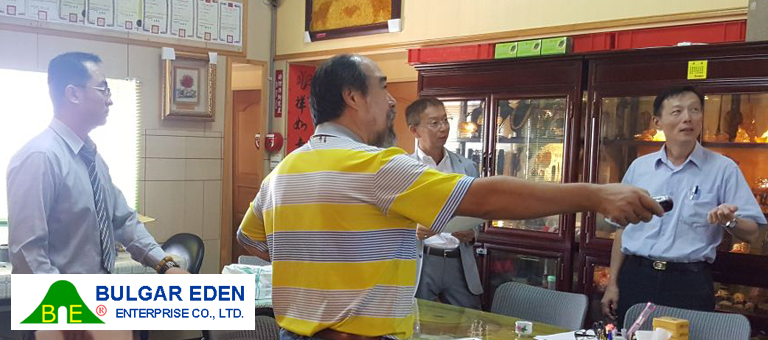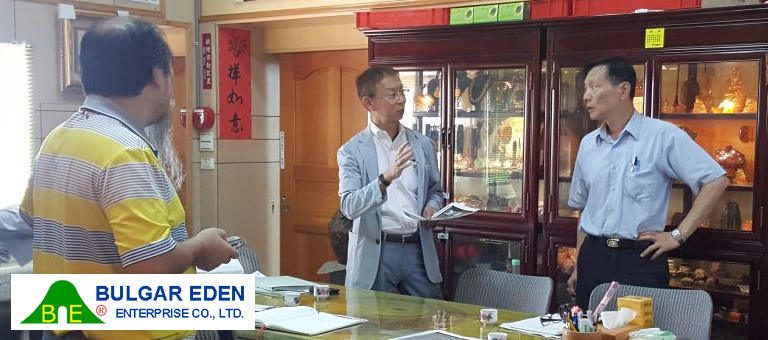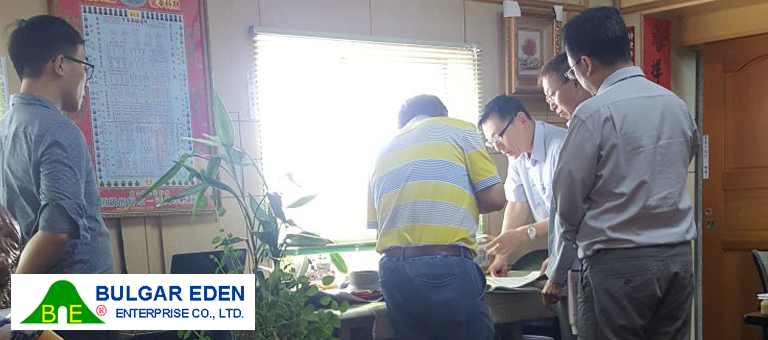|

|
|
The technical cooperation between BE and SHIMIZU CORPORATION.
SHIMIZU CORPORATION Attendee:
柳 英実 (HIDEMI YANAGI, P.E.) General Manager
林 正雄 (JENG SHIUNG LIN) Deputy General Manager
Professional Civil Engineering
Date:2018/08/03
|
SHIMIZU CORPORATION Profile:
Shimizu Corporation was founded in 1804. The company began when Kisuke Shimizu I, who was a carpenter in Etchu or what is now Toyama Prefecture, launched the business in the Kanda Kajicho district of Edo (now Tokyo). From the moment the company was founded, Kisuke Shimizu I aspired to wholeheartedly devote himself to the company’s work and create quality reliable products. Today, Shimizu continually delves deeply into knowledge and technology to meet the needs of its clients and, by extension, society.
In 1804, Kisuke I, who opened the business in Edo, was recognized for his superior skills and selected to help build the West Wing of Edo Castle. Kisuke II designed and built the Tsukiji Hotel, Japan’s first western-style hotel, in 1868. They built the foundation of the company through their spirit of innovation and superb technical skills.
In 1884, a lumber cutting and assembly facility (now Tokyo Mokkoujou Arts & Crafts Furnishings) was opened in what is now Kiba, Koto-ku, Tokyo. Shimizu is the only major construction company to have its own wood-processing facility.
Around 1887, a drafting room was established to develop personnel capable of drafting Western architectural designs. This was the precursor of today’s Design Division.
Shimizu Corporation had been putting efforts into research and development since before World War II. In 1944, in the middle of the war, a research center was established within the Design Division. This was the first R&D center in the industry.
Yoyogi National Stadium was built in 1964 for the 18th Olympics in Tokyo. The suspension roof structure used for the external complex curved surface was something rarely seen in the world at that time.
In 1970, Japan’s first underground LNG storage tank (capacity, 10,000 kl) was built on the premises of the Tokyo Gas Negishi Terminal. The propelling force behind this was the transition to clean energy.
In 2013, Shimizu succeeded in building a zero energy building in Hokuto-shi, Yamanashi Prefecture that made maximum use of natural energy adapted to the specific characteristics of the region. We are aiming to achieve ZEB in a mid-rise building in 2018.
In 2012, a smart community was created in the Kyobashi area, with the newly opened Kyobashi head office as its nucleus. The Kyobashi Smart Community Council was established, and ISO 22301 (Business Continuity Management Systems) and ISO 50001 (Energy Management Systems) certifications were acquired for an entire community block, for the first time in Japan.




